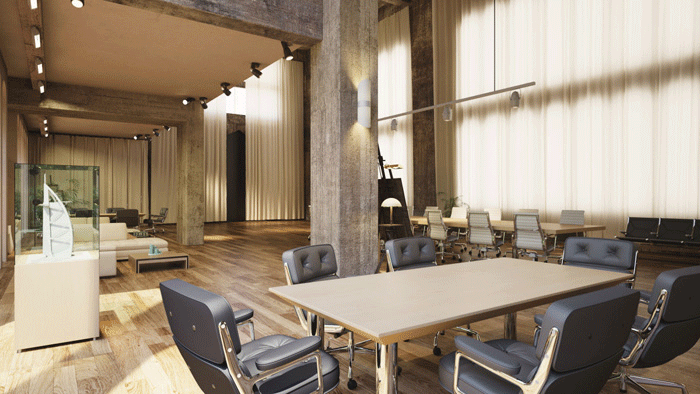Physically-based ‘photoreal’ rendering technology adapted for Virtual Reality
Nvidia is bringing its Iray physically-based rendering technology to the world of Virtual Reality. With Iray VR, Nvidia says you will be able to walkthrough a building before it is built or view any combination of options for a car interior, all in ‘photorealistic detail’ with a head mounted display.
“Iray VR is going to be unbelievable for people designing cars, for people architecting buildings and many other areas,” said CEO Jen-Hsun Huang during his keynote address at Nvidia’s GPU Technology Conference in San Jose, Calif.

Iray VR is an evolution of Nvidia Iray, a physically-based rendering technology that simulates light. While Iray is commonly used to create static renders for architecture, design and engineering, Iray VR taps into the power of Nvidia GPUs to let users “quickly generate immersive experiences of their designs with amazing accuracy.”
Iray is extremely compute intensive. It takes minutes to render a single static Iray image with an off the shelf GPU, and still seconds with a GPU supercomputer. With VR needing 90 frames per second for the best VR experience, there is no way this can be rendered in real time, so Iray VR works by pre-rendering ‘light probes’, which show how light would emanate from each spot within a scene.
Using an example of an architectural walkthrough of its new building HQ, Nvidia says each light probe takes an hour to render on eight GPUs – that’s 100 hours to render the 100 probes needed for the scene. An Nvidia VR Ready workstation is still needed to view the scene with a head mounted display like the HTC Vive.


While Iray VR looks like a high-end solution, ideally suited to the Quadro VCA, a dedicated 8 GPU appliance, or indeed as a cloud service, Nvidia has also released Iray VR Lite for those who don’t have a supercomputer. Nviida says Iray VR Lite can’t render 3D as beautifully as Iray VR but, with a press of a button, it creates a photosphere that’s completely ray-traced. Users can download Iray plugins and an Android viewer, like Google Cardboard.

If you enjoyed this article, subscribe to AEC Magazine for FREE






